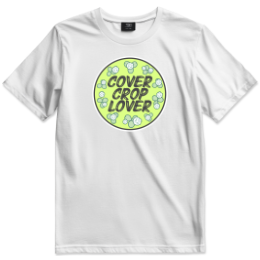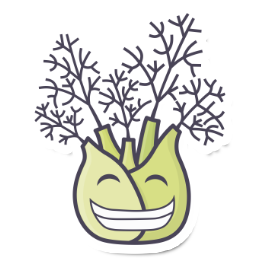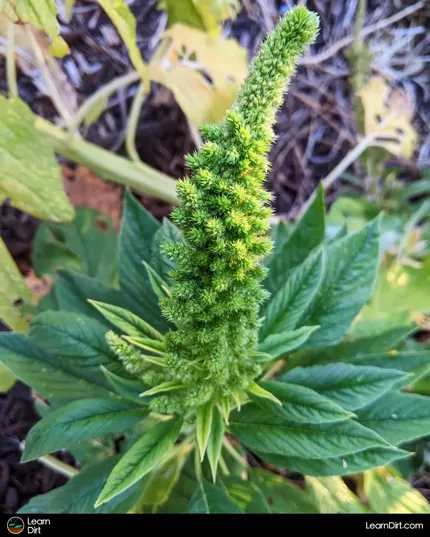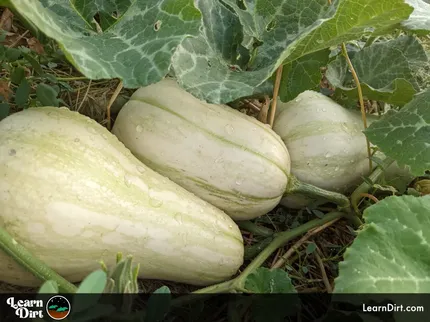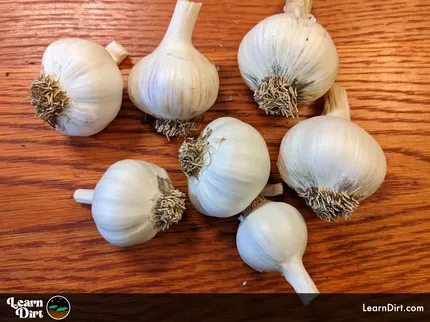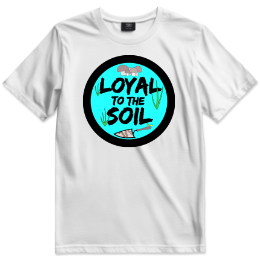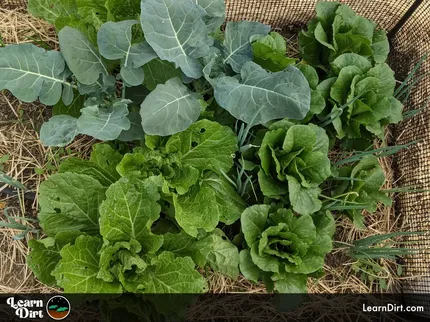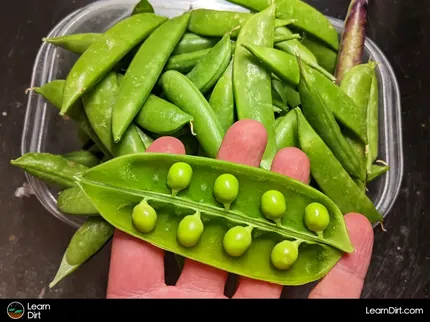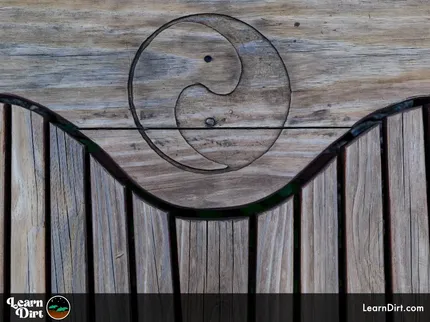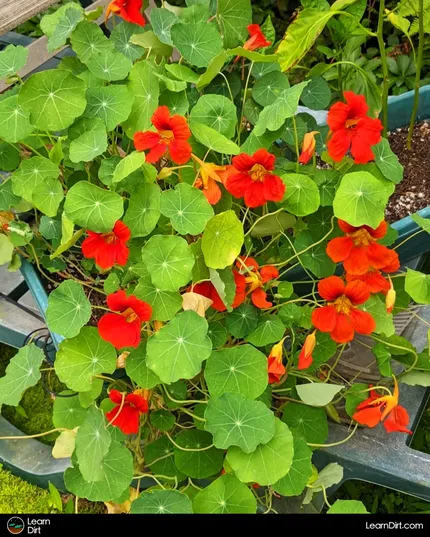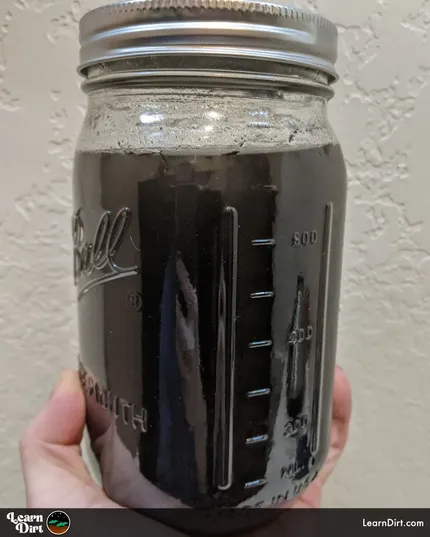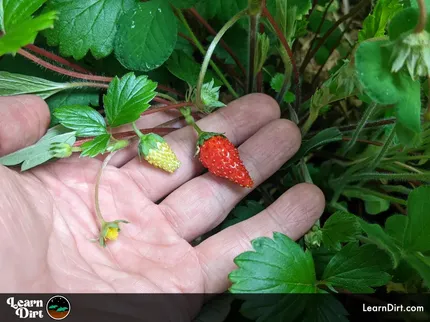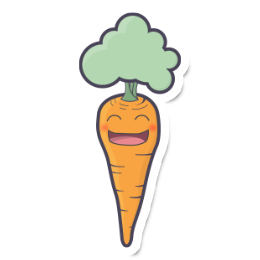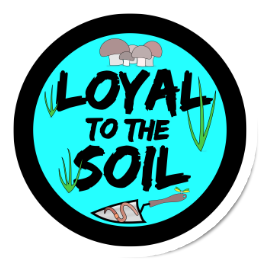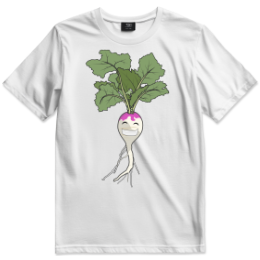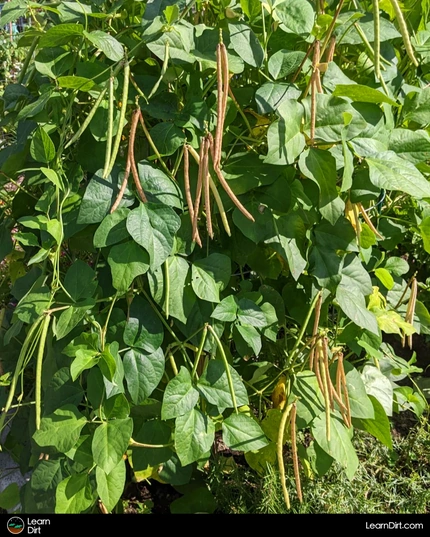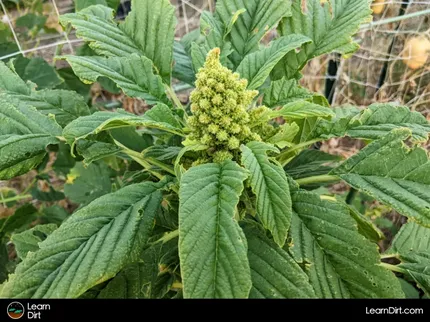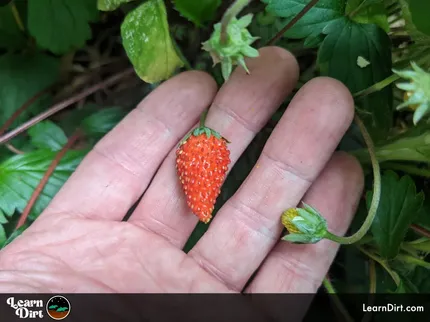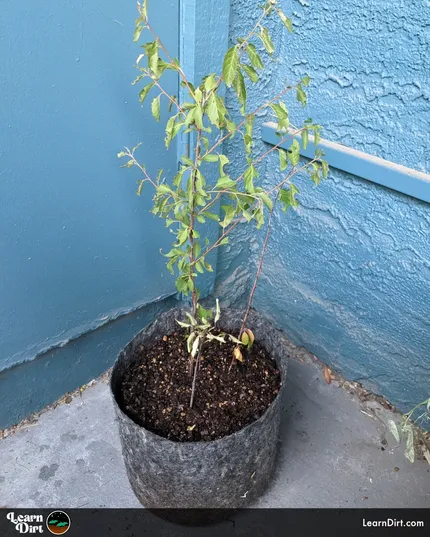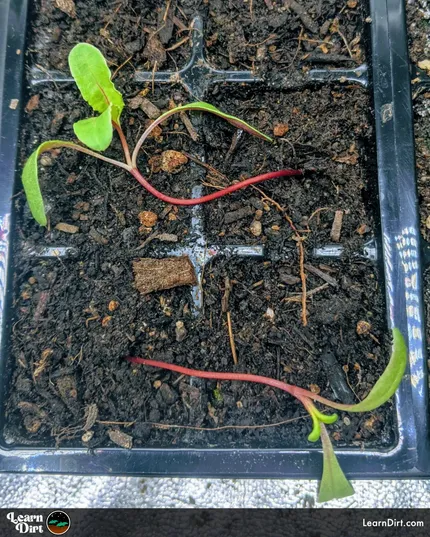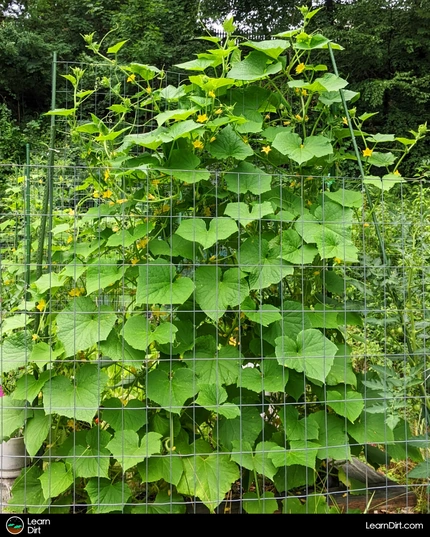Table of Contents
- What Makes Blue Curled Kale Unique?
- How to Grow Dwarf Blue Curled Kale
- Best Way to Eat Dwarf Blue Curled Kale
- Why Does My Dwarf Blue Kale Have Bugs?
- Final Thoughts...
* Our articles never contain AI-generated slop *
If you're looking to learn more about growing Dwarf Blue Curled Kale, this is the place.
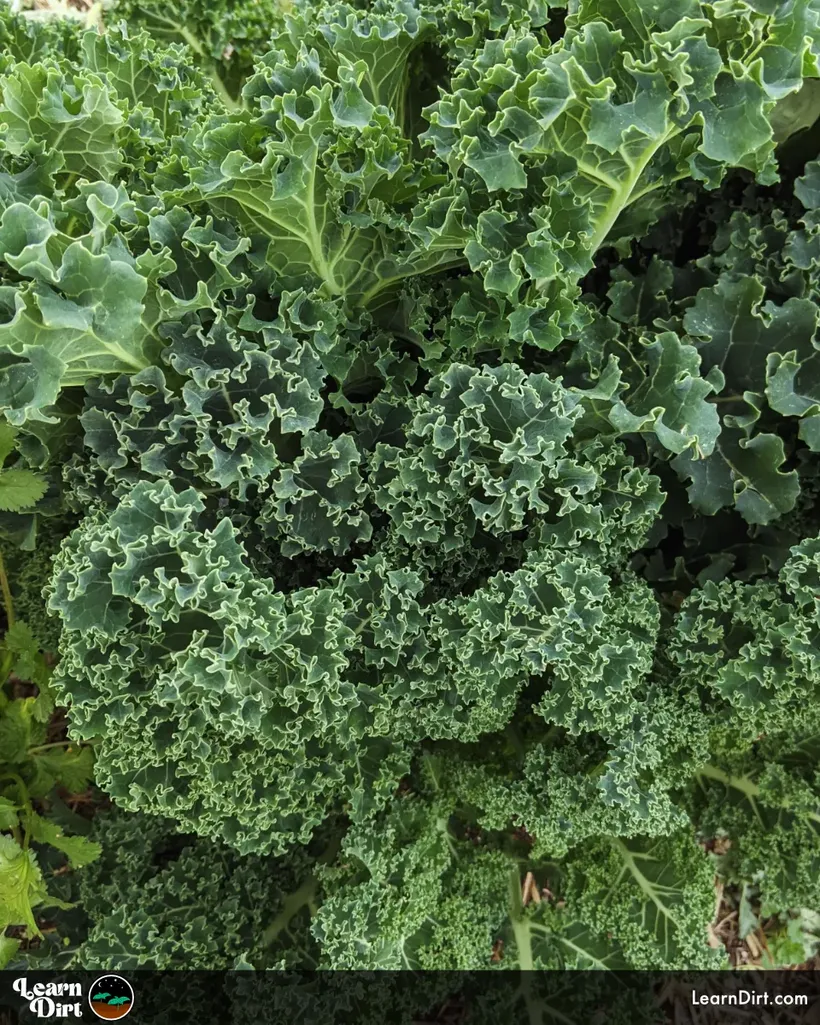
I love this variety! Also known as Blue Curled Kale or Dwarf Blue Scotch Curled Kale, this heirloom variety usually grows smaller and more compact than many other types of kale.
That makes it easy to grow in container gardens and planters, or even indoors.
Disclaimer: This post may contain affiliate links. Refer to the privacy policy for more information.
Where I live in the desert we grow kale through the winter.
Dwarf Blue Curled thrives through the frequent drops below freezing we get here at night.
In fact, many climates and zones can grow kale through the winter with no frost cloth or snow cover. Gardeners have reported that Dwarf Blue Curled Kale specifically can be buried in snow in temps down to 0F (-17.7C) or lower and still survive.
It has really incredible cold tolerance if you're growing somewhere with temps regularly below freezing, and can be harvested right up until the ground freezes.
Even after months of cold, Blue Curled Kale leaves stay fresh and tasty.
Light frosts even improve the flavor and add a fantastic sweetness to Curly Blue!
Join The Grower's Community
A free & open space for anyone who is passionate about cultivation 🌱
Check It Out!
As temperatures approach freezing, kale and other brassicas convert complex carbohydrates into sugars which act as an anti-freeze for the plant. This also leads to a sweeter crop. Many vegetables are planted in autumn specifically so that they go through a winter and gain sweetness before harvest.
Dwarf Blue Curled Kale even does well for folks in Alaska, according to the University of Alaska Extension Office, so you know it'll stand up to the cold!
What Makes Blue Curled Kale Unique?
- Compact size
- Colder tolerance
- Distinct blue-green color
- Curled, ruffly leaves
- Tender leaves when small
- Sweet, not very bitter
How to Grow Dwarf Blue Curled Kale
Ideal Conditions
Knowing the prime conditions for the plants that you're growing gives you a great target to shoot for, and helps inform your seasonal timing.
For Dwarf Blue Curled Kale, aim for:
Temperature
For Germination: 55–75°F (13–24°C)
-Dwarf blue curled kale will notably germinate in cooler soil than many other kales, so it's possible to start it outdoors early in the season
For Vegetative Growth: 55–70°F (13–21°C)
-Tolerates cold down to roughly 15°F (-9°C) once established
-Tolerates heat up to about 80°F (26.7°C) before getting tough and bitter
Sun
6-8 hours of full sun is preferred, but in hotter regions some afternoon shade will help protect blue curled kale.
This kale is also easy to grow indoors under moderate grow lights, and is compact enough to do great indoors as well.
Soil
Loamy, well-drained soils are ideal for kale. This is because the lack of clay and the abundance of grit in loamy soils means drainage is maximized.
Keep kale feet dry, and they'll love you foever for it.
Water
Campact kale varieties like the dwarf blue curled do not have the water requirements of their regular-sized counterparts.
Be sure not to overwater, and to practice deeper waterings less frequently for this variety to encourage robust root system growth.
Nutrients
As a leafy green, kale has a continuous demand for Nitrogen. Frequent amendments of Nitrogen-rich organics, and a cycling or interplanting with legumes are great options to keep your kale green and continously producing leaves.
Check out our Organic Nutrients Guide for some great Nitrogen sources to add to your soil.
Seasonal Timing
Kale will thrive outdoors in the spring / summer / fall in cooler climates, or fall / winter / spring in hot climates.
I start my dwarf Blue Curled Kale around November 1st outdoors here in the low desert.
Indoors, I'll start kale September 1st to move outside November 1st.
It's a great producer throughout the winter and long into the spring.
Dig Cool Merch?
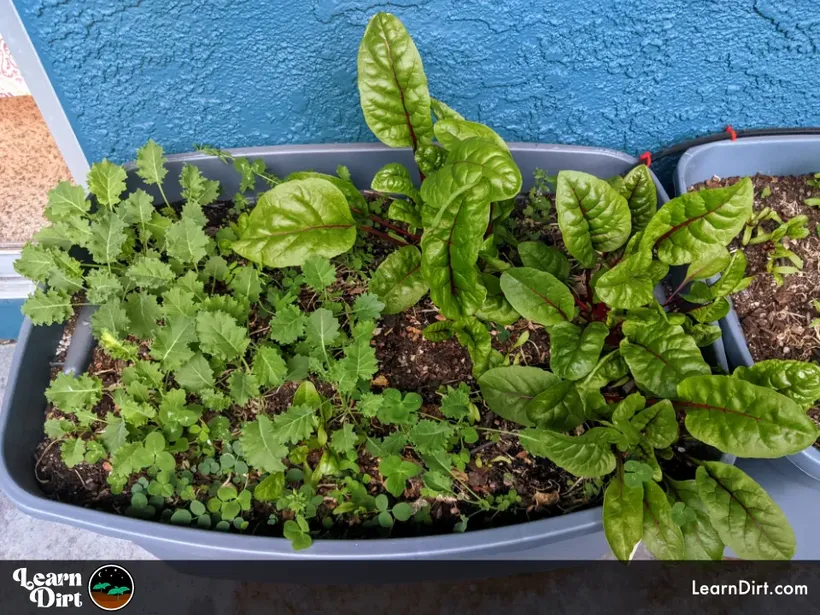
Growing in Containers
Dwarf blue curly kale is uniquely suited to container growing because of its small stature.
Best Way to Eat Dwarf Blue Curled Kale
My absolute favorite way to eat kale is to pick the baby leaves fresh and eat them plain.
I find baby kale leaves to be exceptionally tender, and barely bitter at all.
Mine never make it to full-size. I cut-and-come-again on the baby kale and munch away like a bronto in the garden all day! 🦕
Why Does My Dwarf Blue Kale Have Bugs?
Unlike some of the more heat-resistant varieties of kale, I find Dwarf Blue Curled unable to survive the summer where I am in the low desert.
By the time temperatures rise into the 90's F (mid-30's C), the heat stress often brings leafhoppers and aphids.
At 100F (~38C) I've observed that Blue Curled Kale really starts struggling, and the pest populations take full advantage.
I usually take these as signs to cut down the kale and switch to warmer-season crops.
That said, Blue Curled Kale can make it through the summer in less-extreme climates. If your soil is rich, moist, and full of nutrients your kale will have a much better time with the heat.
Combined with shade cloth or taller shade plants / trees, you may even find it possible to grow this variety year-round.
While kale is most-often grown as an annual, it's actually a biennial which flowers in its second year (though it may flower prematurely under stressful conditions).
If you're able to grow Dwarf Blue Curly Kale year-round in your climate, you'll be able to collect seeds in year two if you're into seed-saving. Just remember that many species of brassica readily cross, so your seeds may hybridize if you don't isolate your kale or cover the flowers.
Final Thoughts...
While some kale varieties are better-suited for the heat, Dwarf Blue Curled Kale is uniquely cold-tolerant - so it's got a place in your lineup during the colder months and may grow right through your winter season depending on your Hardiness Zone.
Have you grown Dwarf Blue Curled Kale in your climate? We'd love to hear about your results and how you use this cold-tolerant variety over on the forum.
That's all for now, thanks for reading!
If you have any questions, comments, or would like to connect with fellow gardeners, head on over to the forum and post there.

